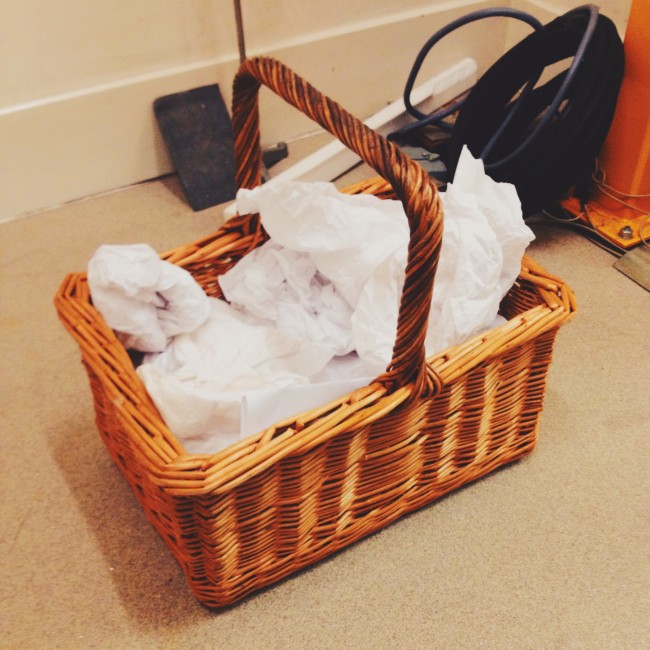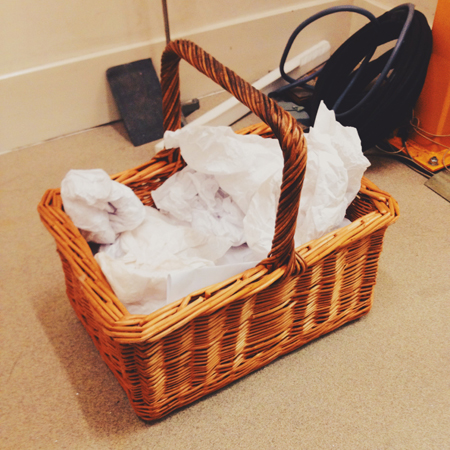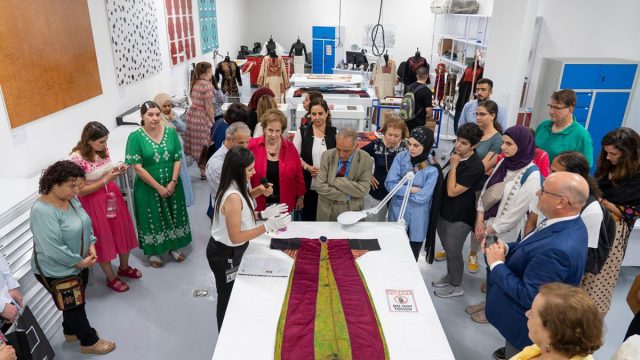I suppose it’s best to begin at the beginning – My name is Mark Kearney and until a short time ago I was living the idyllic (yet unemployed) country life on the west coast of Ireland. That was until I moved over to London to start work at the Victoria and Albert Museum. I have been lucky enough to be chosen to be the Institute of Conservation/Heritage Lottery Fund intern for Modern Materials (Plastics) at the V&A. The move over hasn’t been as smooth as I’d have liked and I have discovered the joys of house hunting in London! But that has finally been sorted and I’ve a place to live!
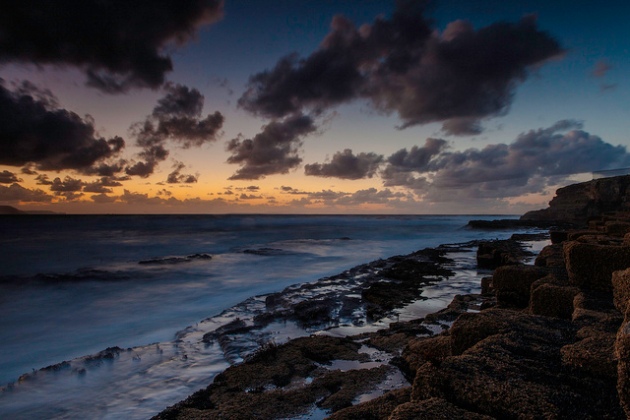
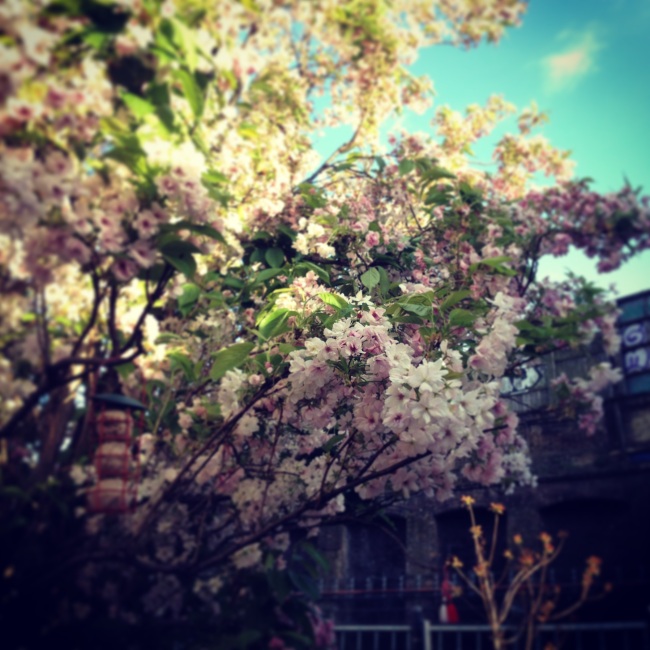
My background is in Astrophysics – a subject many think is light years away from conservation. I spent a lot of my time in physics looking at fancy images of the sun with the help from the lovely people over at Solar Monitor.
I got into conservation because I have always loved museums, art, design and old things in general! When it was coming to the end of my undergraduate and careers had to be picked, I wanted to find something where I could combine all the science I’d learnt with my interests in art and design. Conservation was an obvious choice for me (I’m also nosy and I wanted to find a way round the ‘do not touch’ signs you see in museums).
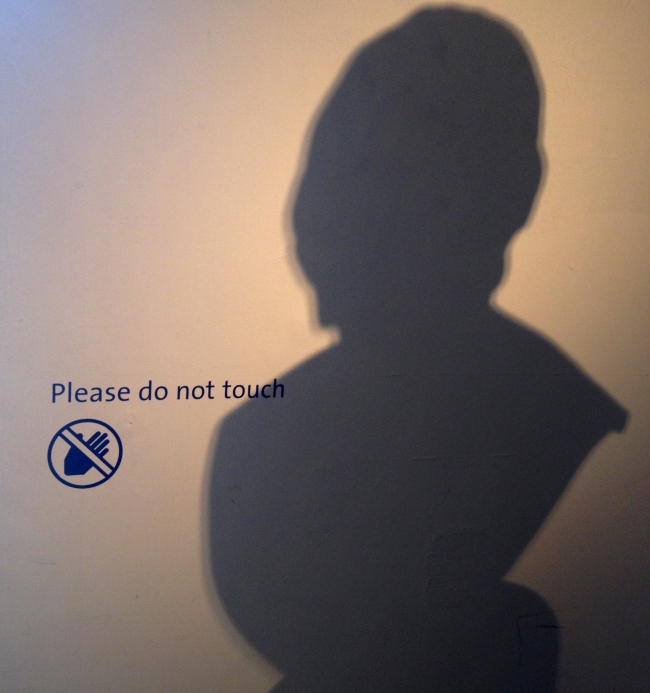
This internship is going to be mostly focused on the conservation of plastics, a material that most people think lasts forever, but some, in reality have a very short life. I will pepper the blog with images, analysis spectra and as many interesting things as I can find. The blog is going to be a record of the work I do over the coming year and I’m going to try and keep it as informal as I can. I will post links to websites where you can go into a bit more detail if you wish, but I will try keep this blog as easy to read, yet with as much real substance, as I can.
I started the internship a little over a month ago and thanks to the fall of bank holidays, some long meetings and a training day I’ve only had one full weeks work yet! (Talk about soft landings!). So far, a lot of time has been spent getting all the ducks in line for some of the work I want to do during the year. I have also been getting used to some of the high-tech gadgetry the Conservation Science department has. Over the next year you’re going to hear me talk a lot about FTIR spectroscopy.
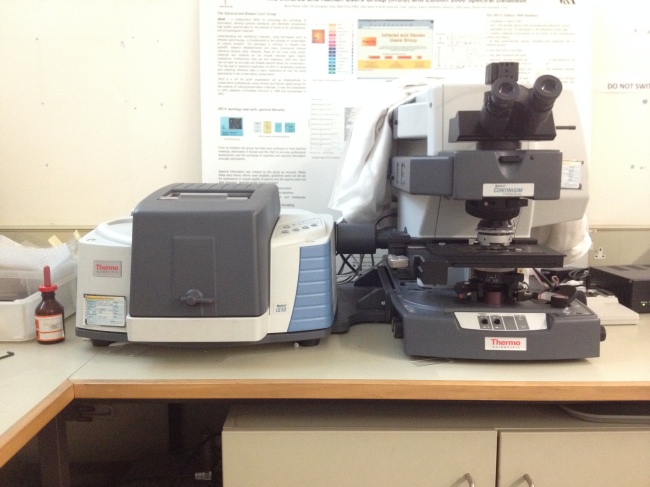
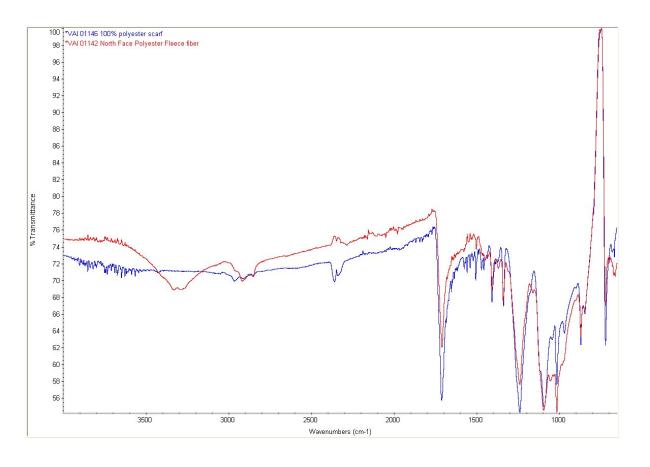
This is the analysis mostly used when dealing with plastics. The department has an especially nice FTIR machine – I say nice because it has a microscope attached to it (more on that in a later post…). I am also lucky because the department has the facility for Raman spectroscopy, which is a bit like FTIR, but isn’t as widely used in conservation – mainly due to the historic high cost of the machine, but it’s thankfully coming down.
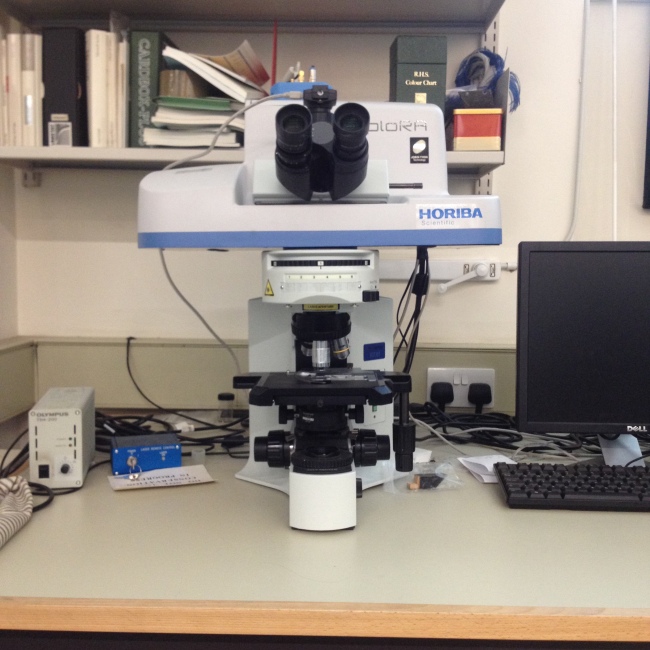
Over the year I will also be helping out with some of the other people in the Conservation Science department. Ill will get a chance to see how the Pest Management systems works and how we keep track of the environment we store the objects in. This is a great opportunity for me to learn as much as I can about the conservation of plastics and about large museums, so if some day you see a post about moths or the UV levels in a gallery, don’t worry you haven’t ended up at the wrong interns blog!
And lastly… It’s not all high tech here at the Victoria and Albert! Sometimes the simplest method is the best, and nowhere is that better demonstrated than in the way objects are carried, short distances, internally within the museum.
